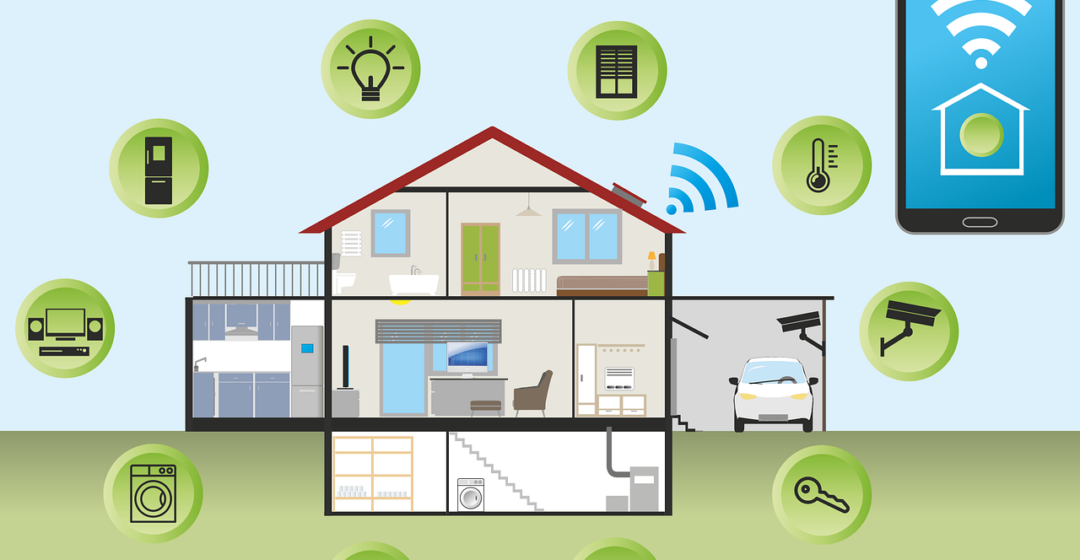My research topic is focusing on home energy management system that can provide flexibility services by rescheduling the controllable residential devices including washing machine, heater, air conditioner. Flexibility services can be determined as the services provided by flexible energy resources (distributed energy resources and demand response) are used to balance the electrical system. Electrical Energy is a key factor in today’s society not only for business but also for private households. Sustainable, secure, safe and reliable energy can provide a strong driving force for the development of industry and economy, as well as the well-being of the people. Nowadays energy production is mainly from fossil fuels which include petroleum, solid fuels and gas. Fossil fuel accounts for 81% of energy production in the world, while renewables and nuclear account for 13.6% and 4.9% respectively. The primary usage of fossil fuels is responsible for greenhouse gas emissions and the rise of carbon emissions that have negative effects on global climate change. Residential areas are responsible for nearly 40% of the energy consumption in developed countries. Hence, residential areas have much potential to achieve energy cost and efficiency saving.
With the deployment of advanced communication and information infrastructures, bidirectional communication, advanced metering infrastructure, energy storage systems, home area networks and the application of home energy management system, a smart home can be a more active part in demand response to provide flexibility. Otherwise, several smart homes can be aggregated as an energy community that can maximize utilization of the distributed energy production. Based on the situation, the objective is to improve energy efficiency and reduce the energy cost in households. Some measures can be taken for the end-users like demand response which removes the shiftable load at a high price to the low electricity price period, but another problem will come across—how to make the optimal decisions and control the house appliances without manual work. To achieve this goal, some new infrastructures including artificial intelligence based of the home automation system that can interact with the customers and the distribution grid to be designed. With this system, the optimal decisions can be made and the home appliance can be controlled automatically. The workload for this target can be divided into two areas including information and communication technologies work and electrical engineering work. For the work in ICT, the subsystems in the ICT households like renewables production, home storage system, smart meters, and home appliances need to be connected for information exchange like electricity price and the load consumption, otherwise. The control command will be decided by the control algorithm in the home energy management system (HEMS) center. For the electrical work, how household appliances to be connected will be designed and the household appliance arrangement in the electrical network will be done. In addition, the wide integration of distributed energy resources (DER), energy storage systems and EVs may provide flexibility services to the distribution system or transmission system. Active and optimal utilization of the flexibilities could improve the energy cost efficiency and connect more renewable energy resources in a reliable way. To fulfil this goal, a new management system and control principles for the active utilization of flexibilities need to be developed.
Ran Zheng
Doctoral student
Electrical Engineering
Doctoral Programme in Technical Sciences
University of Vaasa





A few years back, as I moved into my new home, I started to wonder why it was lacking even the simplest smart home-related services. My home was newly built but clearly missing these types of amenities which, it seems, you still get only when you are involved in the building and furnishing process. I wasn’t even dreaming about using flexible energy resources but rather craved for up-to-date visibility on water and electricity consumption (and maybe, if being extravagant – a screen where I could control e.g. lighting and ventilation in the entire household).
I am not familiar with your topic but you summarized it very understandably and clearly. As a consumer, I’d be particularly interested in the possibility, cost, and rationality of installing an energy management system in existing buildings in urban areas. It seems that while smart homes are becoming less rare, energy-saving HEM systems require still plenty of research and innovations to become “new normal” and reachable for the wider population.
All the best with your research!